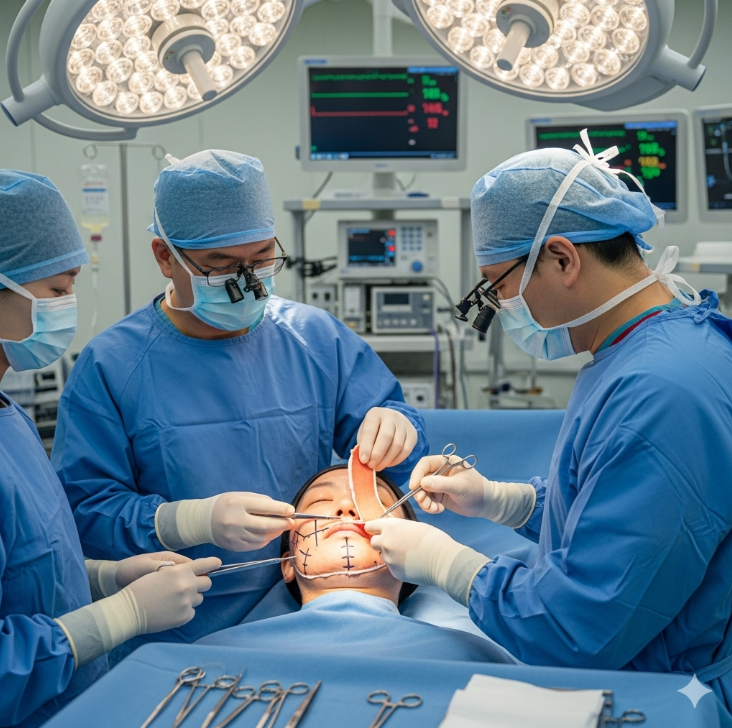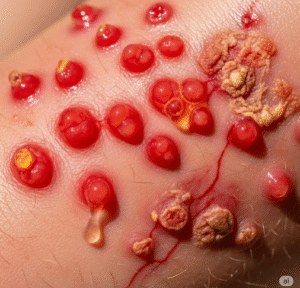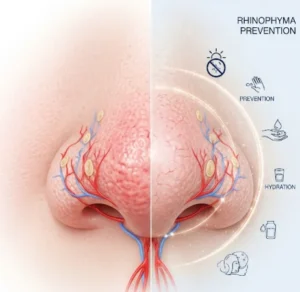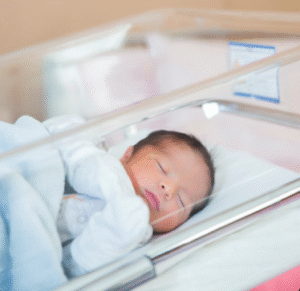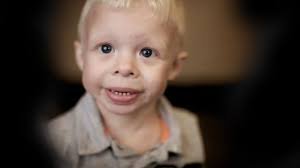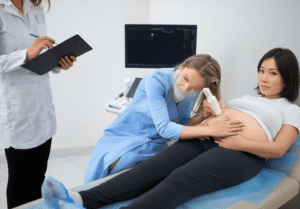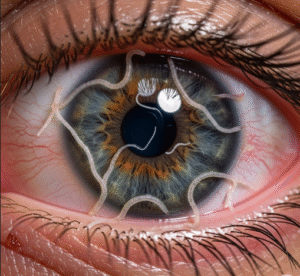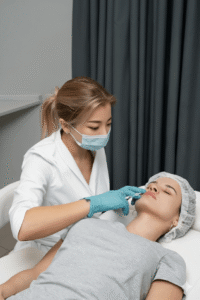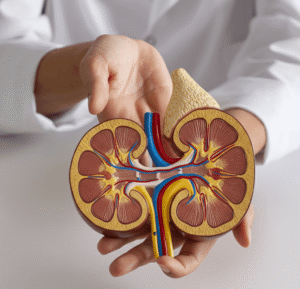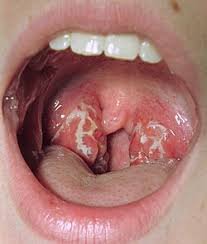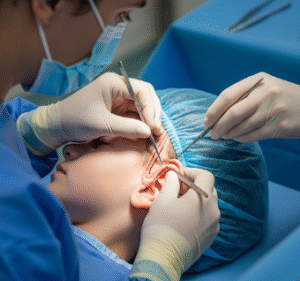What It Is
Local flap reconstruction is a reconstructive surgical procedure that uses adjacent healthy tissue near a wound or defect to cover and repair it. Unlike skin grafts, which take tissue from a distant donor site, local flaps are created by partially lifting skin and underlying tissue next to the defect while keeping a portion of their blood supply intact.
This technique provides a better color, texture, and thickness match compared to grafts and is commonly used after tumor removal (such as Mohs surgery), trauma, or scar contracture release.
Why It’s Done
Patients undergo local flap reconstruction because:
- They have defects after skin cancer removal, trauma, or burn scars.
- The wound is too large or complex for primary closure.
- They need better functional and cosmetic outcomes than skin grafts can provide.
- The area requires tissue with similar characteristics (e.g., face, eyelids, nose, lips).
Good candidates include:
- Patients with sufficient adjacent tissue to create a flap.
- Individuals in good health, free from active infection at the site.
- Patients seeking both functional restoration and aesthetic improvement.
Alternatives
- Skin grafts: Suitable for large areas but may not match texture and appearance as well.
- Regional or free flaps: Used when local tissue is insufficient.
- Tissue expansion: Can provide additional local skin but requires staged surgery.
Preparation
Before undergoing local flap reconstruction in Korea, patients will:
- Have a consultation with a reconstructive surgeon, including physical examination and sometimes imaging.
- Undergo routine medical tests (bloodwork, health evaluation).
- Stop smoking and alcohol at least 4 weeks before surgery to ensure good blood supply.
- Discontinue blood-thinning medications and certain supplements.
- Plan for postoperative wound care and follow-up visits.
How It’s Done
- Anesthesia: Local anesthesia with sedation or general anesthesia depending on the size and location of the defect.
- Flap design: The surgeon marks out a local flap pattern (advancement, rotation, transposition, or bilobed).
- Tissue elevation: The flap is carefully lifted while maintaining its vascular supply.
- Repositioning: The flap is rotated, advanced, or transposed to cover the defect.
- Closure: Both the donor and recipient sites are sutured for optimal healing.
- Duration: 1–3 hours, depending on complexity.
Recovery
- First week: Swelling, redness, and mild discomfort around the flap site. Stitches are usually removed within 5–14 days.
- Return to activities: Most patients resume daily activities within 1–2 weeks.
- Healing: Flap survival is monitored closely during early recovery.
- Final results: Visible after swelling subsides, with scars improving over several months.
Possible Complications
- Partial or total flap loss if blood supply is compromised.
- Temporary swelling, bruising, or numbness.
- Irregular scar formation.
- Rare risks: infection, hematoma, or asymmetry.
Treatment Options in Korea
Diagnosis
Korean surgeons evaluate defect size, tissue quality, and local blood supply. 3D imaging and surgical planning software may be used for precise flap design, especially in facial reconstructions.
Medical Treatments
For smaller defects, skin grafts, laser therapy, or scar revision may be alternatives.
Surgical or Advanced Therapies
- Local flap reconstruction for small to medium defects with good adjacent tissue.
- Types include advancement flaps, rotation flaps, transposition flaps, bilobed flaps, and others.
- Combination with skin grafts may be used in larger, complex defects.
Rehabilitation and Support
- Regular follow-ups to monitor flap survival and healing.
- Scar management therapies (silicone sheets, laser, or microneedling).
- Physical therapy if the flap is near joints to restore full mobility.
- International patients benefit from Korea’s advanced reconstructive surgery centers and multilingual care teams.

